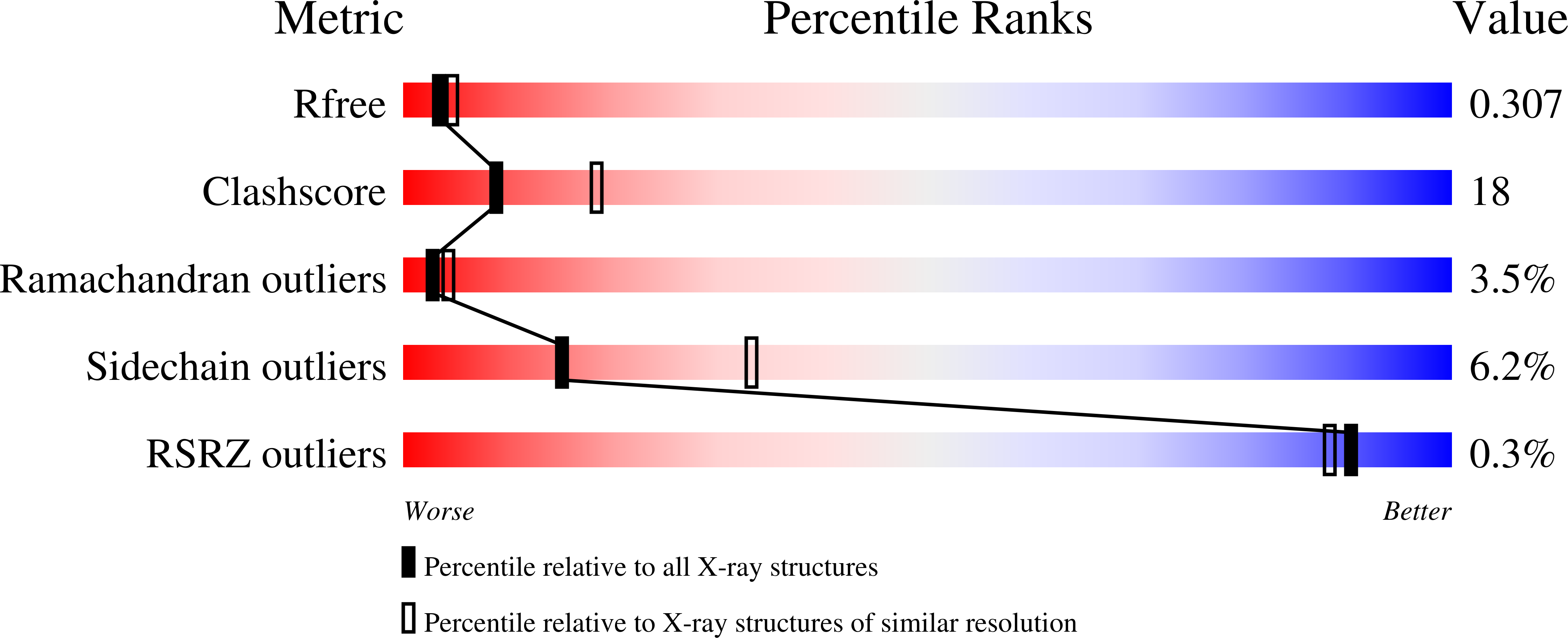
Deposition Date
2024-10-23
Release Date
2025-09-10
Last Version Date
2025-09-17
Entry Detail
PDB ID:
9H66
Keywords:
Title:
Steroidal Selective Modulators of FXR with Therapeutic Potential
Biological Source:
Source Organism:
Homo sapiens (Taxon ID: 9606)
Host Organism:
Method Details:
Experimental Method:
Resolution:
2.60 Å
R-Value Free:
0.31
R-Value Work:
0.25
R-Value Observed:
0.26
Space Group:
P 1 21 1


